Louis le Brocquy HRHA (1916-2012)
Signature: signed and dated on reverse; inscribed [Rosc 80 Dublin 80 357 GG/BL, Galerie Jeanne Bucher, Samuel Beckett 456 no. 8] on André Chenue et Fils transport label on reverse
Medium: oil on canvas
Size: 31½ x 31½in. (80.01 x 80.01cm) Provenance: Gifted to the art critic John Russell by the artist; Christie's, London, 12 May 2006, Lot 114; Private Collection Exhibited: 'ROSC 80', Dublin, 1980, catalogue no. 54; 'Louis le Brocquy and the Celtic Head Image', State Museum, New York, September to November 1981, catalogue no. 110 Literature: Walker, Dorothy, Louis le Brocquy Ward River Press, Dublin, 1981, p. 148, plate no. 149 The oil painting, Image of Samuel Beckett (1980), was first shown at the Rosc '80 exhibition and illustrated soon after in the monograph by Dorothy Walker Louis le Brocquy published in 1981. Reproduced there as a full-page image, it is identified ...Read more The oil painting, Image of Samuel Beckett (1980), was first shown at the Rosc '80 exhibition and illustrated soon after in the monograph by Dorothy Walker Louis le Brocquy published in 1981. Reproduced there as a full-page image, it is identified as in the collection of the artist. (1) However, it was then gifted to the art critic John Russell who wrote the Introduction for that book. In the very first line of his essay, Russell describes the artist as a 'civilized head-hunter' referring to the head portrait series that by 1980 had become an established part of the artist's oeuvre. (2) However, Russell points out also the artist's history as a teller of stories, 'a thoughtful enquirer into the conditions of life', which helps to indicate why the portraits are far more than superficial likenesses. Initially, when the head paintings emerged in 1964, they represented ancestral figures, suggesting antecedents who, with the passage of time, were no longer named and identified and were thus represented as ethereal and insubstantial. This phase provided a kind of human provenance on which to build, and Le Brocquy's Head series evolved into portraits of influential creative practitioners, primarily writers and artists. Some of these were known to the artist only through their work, like Shakespeare, while other senior figures that he had met in his youth, like WB Yeats, were admired, but elder, distant inspirations. However, others were known to him personally and became friends and project collaborators, as was the case with Samuel Beckett Image of Samuel Beckett (1980) is one of several paintings of this subject. As with his portrait heads in general, each is recognisably of the sitter, but each is subtly different, as Le Brocquy explored the challenges of representing complex, multi-faceted individuals. John Russell described this process: '… we no longer accept the idea of human personality as something that has a unified existence and can be captured in a single image.' (3) Elsewhere he noted the artist's view that no one image can be definitive; the process was rather a long and patient siege rather than a headlong assault. Russell quoted the artist in this respect: '… to attempt to-day a portrait, a single static image, of a great artist … seems to me futile … we now perceive the human individual as facetted, kinetic'. (4) Le Brocquy's practice reflected the words of physicist, Erwin Schrödinger, who for a time taught at Trinity College Dublin: 'Consciousness is a singular of which the plural is unknown and what appears to be plurality is merely a series of different aspects of the same thing.' (5) As a consequence, while the various images of a sitter may be understood as parts of a common project, no one series could ever be considered completely finished as there was always the potential for a further study; as Russell observed of the 'variants beyond number … there is no reason why the series should ever come to an end'. (6) While Louis le Brocquy's subjects can be identified by their facial features and expressions, he aimed to convey something of their inner character and creativity rather than simply the external features. The artist was fascinated with the idea of the head as a container of the spirit, and that concept, which had been
Louis le Brocquy HRHA (1916-2012)
Signature: signed and dated on reverse; inscribed [Rosc 80 Dublin 80 357 GG/BL, Galerie Jeanne Bucher, Samuel Beckett 456 no. 8] on André Chenue et Fils transport label on reverse
Medium: oil on canvas
Size: 31½ x 31½in. (80.01 x 80.01cm) Provenance: Gifted to the art critic John Russell by the artist; Christie's, London, 12 May 2006, Lot 114; Private Collection Exhibited: 'ROSC 80', Dublin, 1980, catalogue no. 54; 'Louis le Brocquy and the Celtic Head Image', State Museum, New York, September to November 1981, catalogue no. 110 Literature: Walker, Dorothy, Louis le Brocquy Ward River Press, Dublin, 1981, p. 148, plate no. 149 The oil painting, Image of Samuel Beckett (1980), was first shown at the Rosc '80 exhibition and illustrated soon after in the monograph by Dorothy Walker Louis le Brocquy published in 1981. Reproduced there as a full-page image, it is identified ...Read more The oil painting, Image of Samuel Beckett (1980), was first shown at the Rosc '80 exhibition and illustrated soon after in the monograph by Dorothy Walker Louis le Brocquy published in 1981. Reproduced there as a full-page image, it is identified as in the collection of the artist. (1) However, it was then gifted to the art critic John Russell who wrote the Introduction for that book. In the very first line of his essay, Russell describes the artist as a 'civilized head-hunter' referring to the head portrait series that by 1980 had become an established part of the artist's oeuvre. (2) However, Russell points out also the artist's history as a teller of stories, 'a thoughtful enquirer into the conditions of life', which helps to indicate why the portraits are far more than superficial likenesses. Initially, when the head paintings emerged in 1964, they represented ancestral figures, suggesting antecedents who, with the passage of time, were no longer named and identified and were thus represented as ethereal and insubstantial. This phase provided a kind of human provenance on which to build, and Le Brocquy's Head series evolved into portraits of influential creative practitioners, primarily writers and artists. Some of these were known to the artist only through their work, like Shakespeare, while other senior figures that he had met in his youth, like WB Yeats, were admired, but elder, distant inspirations. However, others were known to him personally and became friends and project collaborators, as was the case with Samuel Beckett Image of Samuel Beckett (1980) is one of several paintings of this subject. As with his portrait heads in general, each is recognisably of the sitter, but each is subtly different, as Le Brocquy explored the challenges of representing complex, multi-faceted individuals. John Russell described this process: '… we no longer accept the idea of human personality as something that has a unified existence and can be captured in a single image.' (3) Elsewhere he noted the artist's view that no one image can be definitive; the process was rather a long and patient siege rather than a headlong assault. Russell quoted the artist in this respect: '… to attempt to-day a portrait, a single static image, of a great artist … seems to me futile … we now perceive the human individual as facetted, kinetic'. (4) Le Brocquy's practice reflected the words of physicist, Erwin Schrödinger, who for a time taught at Trinity College Dublin: 'Consciousness is a singular of which the plural is unknown and what appears to be plurality is merely a series of different aspects of the same thing.' (5) As a consequence, while the various images of a sitter may be understood as parts of a common project, no one series could ever be considered completely finished as there was always the potential for a further study; as Russell observed of the 'variants beyond number … there is no reason why the series should ever come to an end'. (6) While Louis le Brocquy's subjects can be identified by their facial features and expressions, he aimed to convey something of their inner character and creativity rather than simply the external features. The artist was fascinated with the idea of the head as a container of the spirit, and that concept, which had been

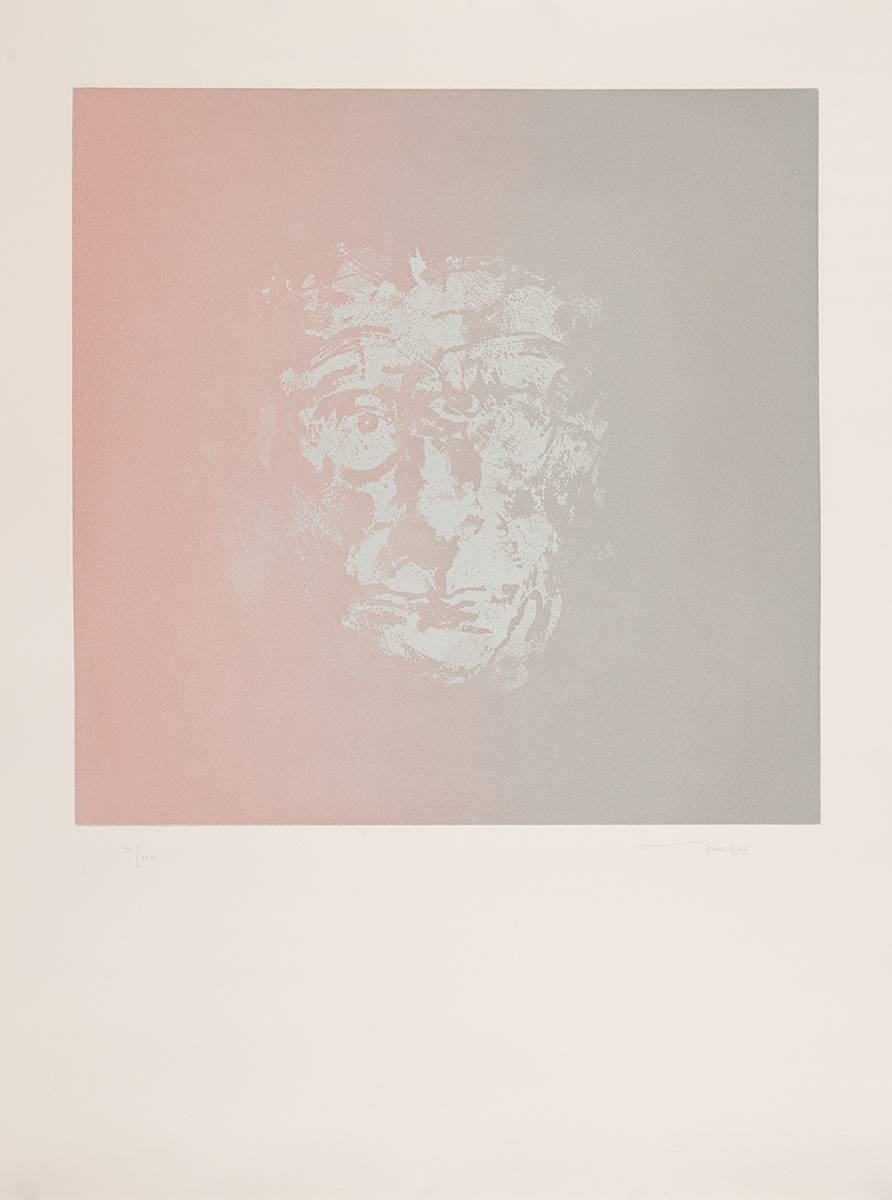


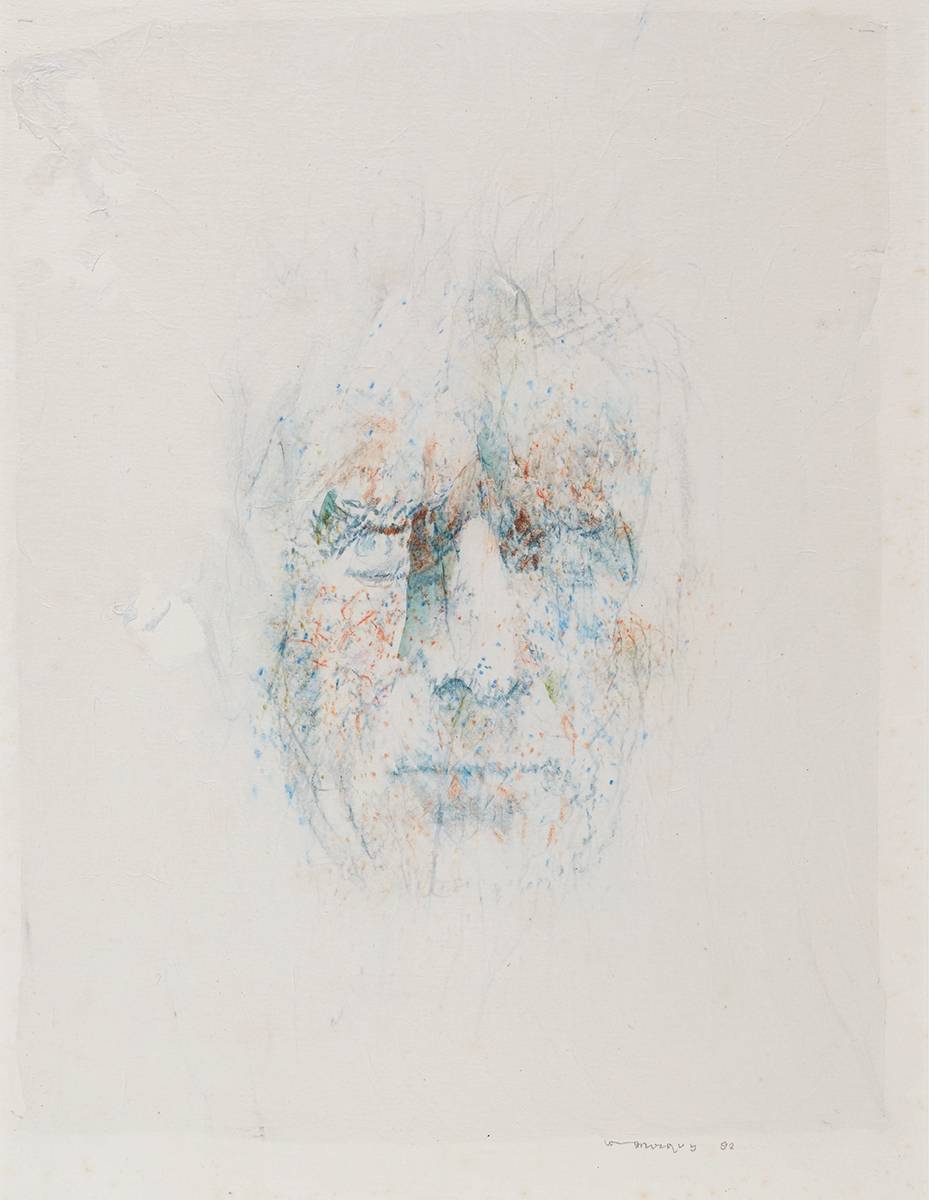

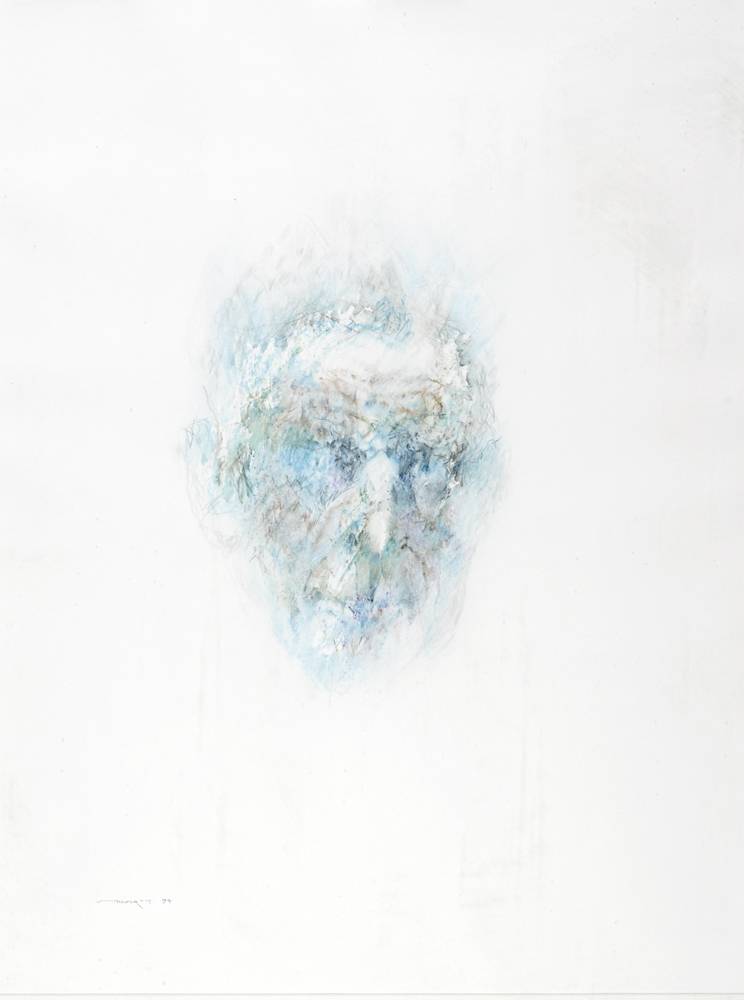
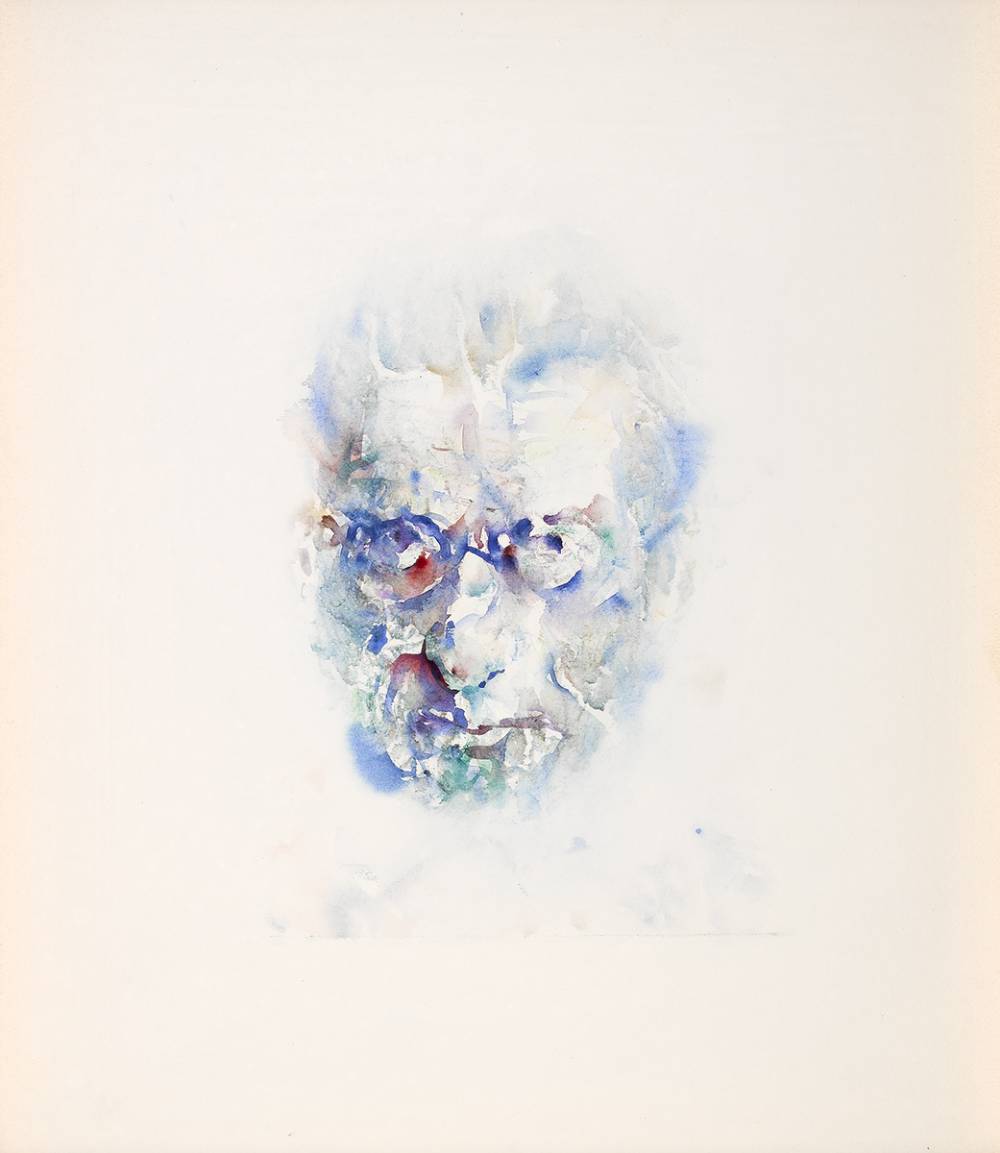
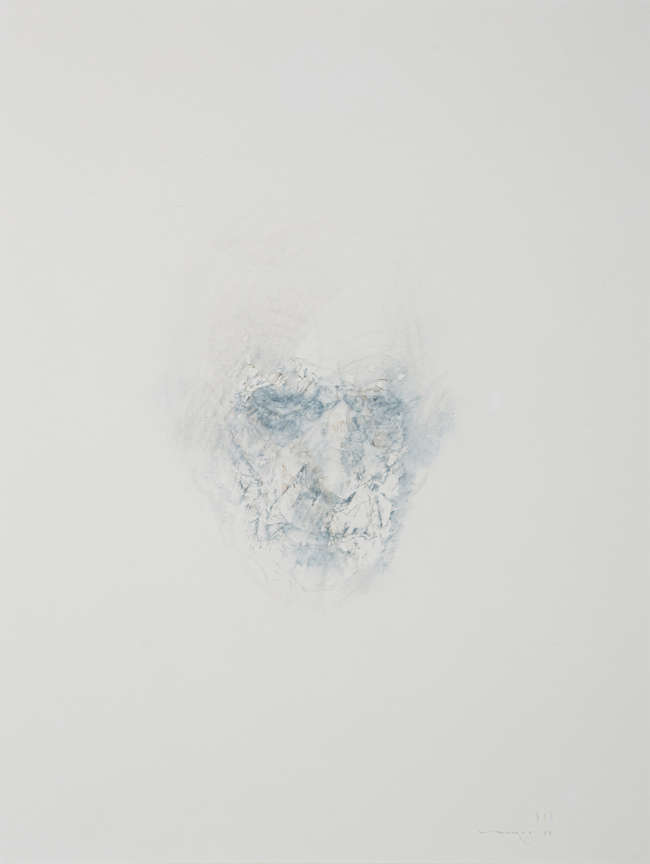



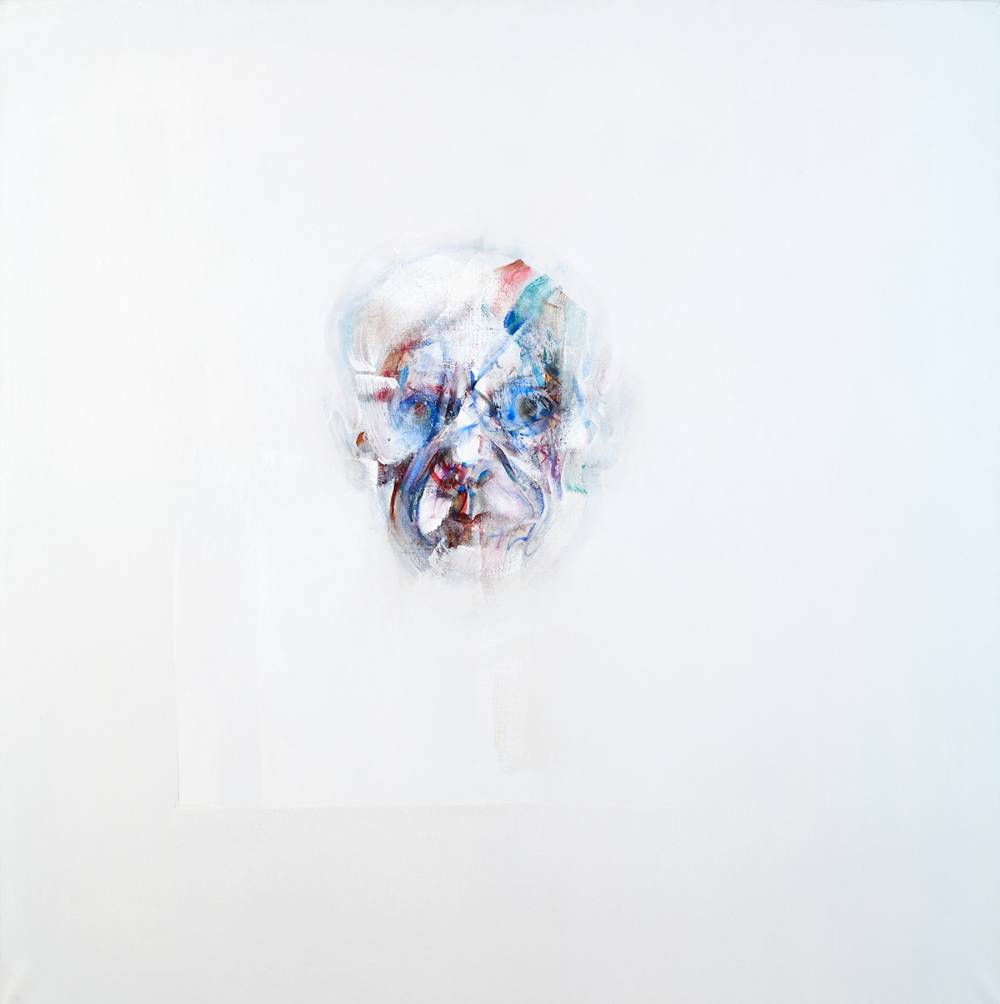

Testen Sie LotSearch und seine Premium-Features 7 Tage - ohne Kosten!
Lassen Sie sich automatisch über neue Objekte in kommenden Auktionen benachrichtigen.
Suchauftrag anlegen